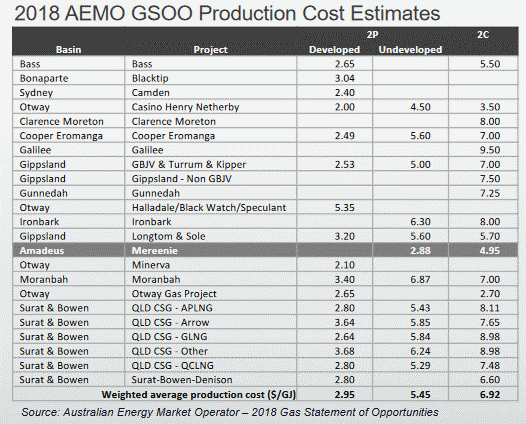There are two reasons for the difference. One is that the US has a very active shale gas sector, producing masses of LNG.
10 years ago US gas prices were at levels similar to where ours are now. This led to a flood of capital and activity, a glut of supply, declining prices, industry rationalisation, and ultimately an industry with a very competitive price structure.
Producers have survived through scale, efficiency and technological innovation.
Advertisement
Australia also has an active sector, but the actions of Victoria and New South Wales in banning or limiting onshore gas exploration has put the lid on competition and supply. It is this, and not our massive exports, which is the primary driver of high gas prices.
The exports were developed on the basis the other gas would be available, and the wells supplying our exports would never have been developed without export markets.
The other factor is the long distance between wells and markets. Gas can be produced at a price of around $2.95 GJ at the moment, with new supply expected to average $5.45. But it costs more a few dollars per GJ to pipe it south.

Which presents opportunities for Queensland – convince southern manufacturers to move their plant to the Sunshine State rather than the Lone Star State; and accelerate as much as possible the further development of our gas industry.
The Surat basin, one of our two major basins, is just the other side of Toowoomba, making south-east Queensland a spot where gas could be competitive, and attractive for manufacturing.
Advertisement
Another opportunity exists in North Queensland, where gas from Central Petroleum’s Mereenie project is now coming to market through the Northern Gas Pipeline, arriving in Queensland at Mt Isa.
As a former colliery, Claypave originally had its energy cost right under its control. Its demise is a “canary in our coal mine” that while Australia also has huge amounts of energy under its control, if we don’t control its cost, then we won’t control our future.
Discuss in our Forums
See what other readers are saying about this article!
Click here to read & post comments.
20 posts so far.